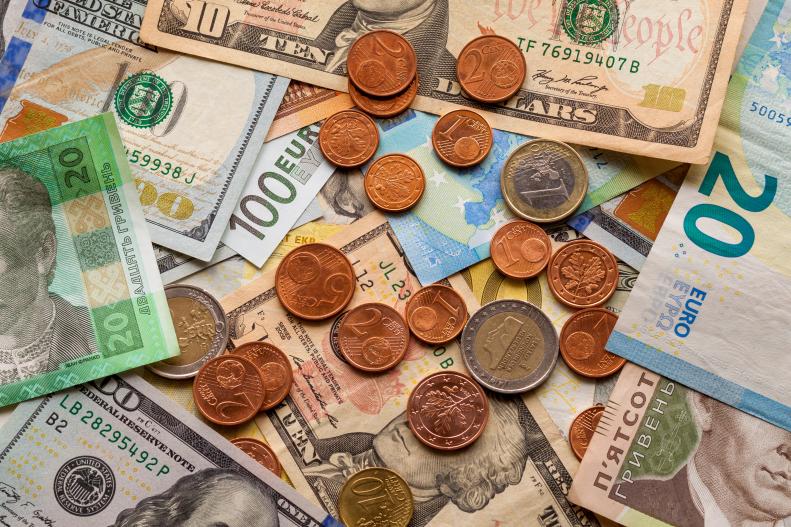America has a long history of tipping, but the origin story has nothing to do with the young country's entrepreneurial spirit. The reality is much darker. Historians believe that Americans discovered tipping in 1850s Europe, which itself dates back to medieval feudalism. But tipping didn't become commonplace until after the Civil War when slavery ended; freed slaves had limited job options, including working at restaurants, Saru Jayaraman, the author of "Forked," about restaurant wages, explained to Time magazine. Except owners didn't want to pay them, instead offering the opportunity to work for tips instead. The popularity of this practice, rooted in racism, classism and sexism, combined with a 1938 law that kept restaurant wages low, is largely why the onus of paying service salaries rests on the public's shoulders to this day.
Restaurants and bars: Many waiters earn as little as $2.13 an hour since employers assume tips will suffice for a salary. Because of this mindset it's expected for all customers to tip 15% to 20%of the total bill, before tax, at restaurants.
A small percentage of restaurants (most notably Alinea in Chicago) include a 20% service charge in an effort to change the industry model. But the industry remains resistant to adopting this method; for example, in recent times famed restaurateur Danny Meyer attempted to replace tipping at his restaurants with an automatic service charge, but reverted back to a traditional tipping model in 2020. Meyer told the New York Times at the time that he "still believes that tipping contributes to inequitable pay, wage instability and other problems."
Despite that, what started as a growing trend around 2016 has since failed for most restaurants that implemented it, with reasons ranging from owners being unable to afford the higher wages to servers not wanting to work without the tip model. A recent article in The Guardian attributed this resistance to the country's capitalist culture, and it appears that the tipping model isn't going away anytime soon.
That said, leave $1 to $2 a drink at bars, unless you're ordering craft cocktails that involve more effort. In those cases industry standard is around $3 to $4 per drink, or 15% to 20% of the total. If you also ordered food, tip 15% to 20%. Note that service charges are rarely added to bills in the States, but exceptions may include all-inclusive resorts, which may add a service charge to meals and spa treatments. Some restaurants may automatically add a service fee for larger parties of six or more.
Cafes without table service, coffee shops and take-out spots will often have a tip jar, but there’s no obligation to leave anything; otherwise, $1 to $2 will suffice for good service.









